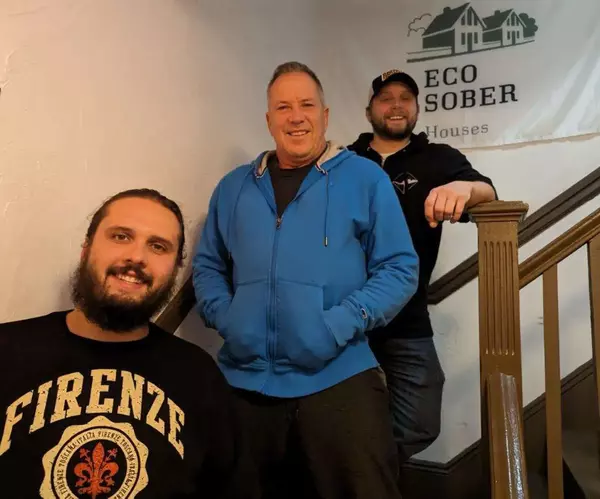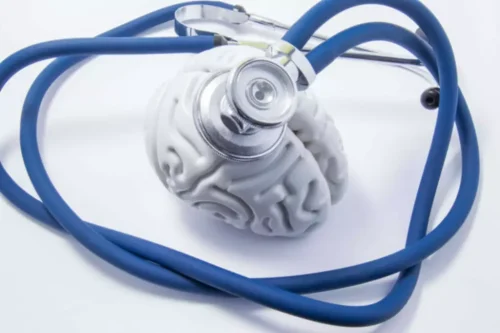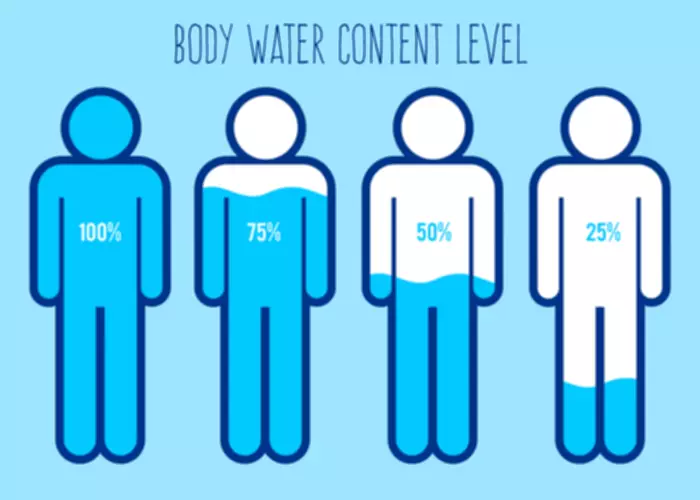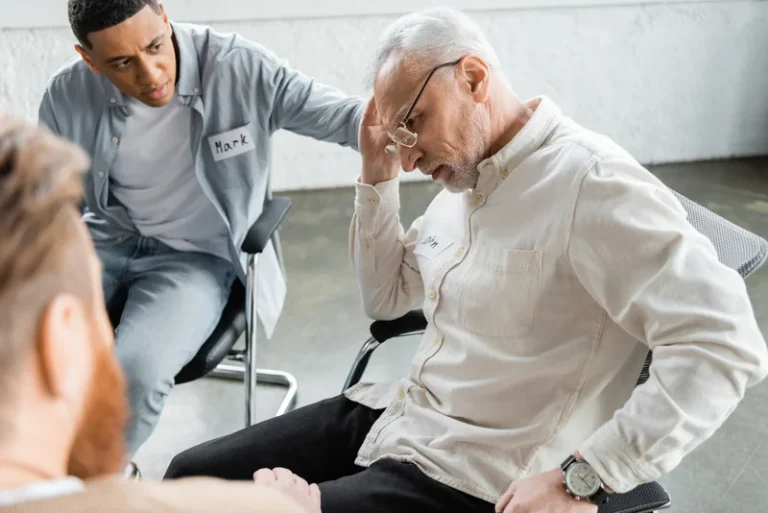
To find the latest information about medications, talk to a health care provider and visit the FDA website . They can lead to feelings of stress and anger and may interfere with parts of daily life, such as sleeping, eating, or concentrating. Details about upcoming events—including meetings, conferences, workshops, lectures, webinars, and chats—sponsored by NIMH. The Division of Intramural Research Programs (IRP) is the internal research division of the NIMH. Over 40 research groups conduct basic neuroscience research and clinical investigations of mental illnesses, brain function, and behavior at the NIH campus in Bethesda, Maryland. NIMH statistics pages include statistics on the prevalence, treatment, and costs of mental illness for the population of the United States.

MST PTSD Markers: Recognizing and Addressing Military Sexual Trauma

Sometimes, learning that a friend or family member experienced trauma can cause PTSD. Fear is a part of the body’s “fight-or-flight” response, which helps us avoid or respond to potential danger. People may experience https://ecosoberhouse.com/ a range of reactions after trauma, and most people recover from initial symptoms over time. The NIMH Strategic Plan for Research is a broad roadmap for the Institute’s research priorities over the next five years.

What Is the Link Between PTSD and Alcohol?
Given the cross-level interactions, these within-person associations reflect the effect at mean levels of age, lability, disinhibition, and gender (i.e., average effect given the proportion of men and women). Individuals with PTSD were more likely to report mood disorders, anxiety disorders, SUD, and suicidal behavior than respondents without PTSD. Also, respondents with PTSD were more likely than those without PTSD to have co-occurring AUD, after controlling for sociodemographic factors such as age and race. However, this association was no longer significant when the analysis controlled for other co-occurring mental health conditions in addition to the sociodemographic characteristics. Difficulties Engaging in Goal-Directed Behavior also mediated the relationship between PTSD symptoms and alcohol-related consequences in the full sample, and these results remained significant for women when the sample was split by sex.
Veterans Health Library
If you don’t know all the people you were with, it can be hard to know if something dangerous happened while you were blacked out. Ms. Tripp, Dr. McDevitt-Murphy, Ms. Avery, and Dr. Bracken report no financial relationship with commercial interests and, outside of the listed affiliations and acknowledged grant funding, we have no additional income to report. Within the past three years, Ms. Tripp has been employed by the University of Memphis and Department of Veterans Affairs. Ms. Avery has received funding from the University of Memphis and the Bureau of Prisons. Dr. Bracken has been employed by Fellowship Health Resources, the Bureau of Prisons, and the University of Memphis.
- You may feel like you are looking at yourself from above or a different person entirely.
- People with PTSD sometimes turn to alcohol to replace the lower level of endorphins.
- The results indicated a significant association between the residual PTSSt-1 and dependence syndromet.
The higher levels of PTSS symptoms reported by participants at the FL site is consistent with this and supports the criterion validity of the sampling protocol. In addition, the statistical analyses were a sophisticated and novel approach to addressing the challenges posed by these data. That is, modeling the longer-term trend while accounting for within-person dynamic effects from multiple variables has not been examined with measurement burst designs (see Curran & Bauer, 2011 for similar modeling with panel data). This simultaneous modeling is important to not bias the trend effects or the dynamic effects (see Kwok, West, & Green, 2007). Additionally, the use of lagged residuals as opposed to lagged observed scores enables the study of the average within-person time-dependent effects (see Hamaker, Kuiper, & Grasman, 2015).
Integrated treatment that addresses both disorders is important to begin recovery. Treatment for co-occurring PTSD and alcohol use disorders may include both individual therapy and group therapy. Medication is available to assist with PTSD symptoms that can cause setbacks like intrusive nightmares.

Alcohol and Substance Abuse in PTSD

After traumatic experiences, it is common for suffers of trauma to experience helplessness, suicidal thoughts, aggression, self-harm, depression and anxiety. Once people experience traumatic circumstances, they can also develop guilt and shame which can manifest in alcohol and/or drug dependency. Alcohol dependency can worsen PTSD symptoms and create uncomfortable side effects. How different are the outcomes of the disorders when one or the other develops first? Are there particular traumatic experiences that provide some resilience against developing AUD?
The Complex Relationship Between PTSD and Memory
- How much alcohol or substance use is needed to cause a blackout varies based on a person’s height, weight, sensitivity and assigned sex at birth.
- Use these free digital, outreach materials in your community and on social media to spread the word about mental health.
- The Substance Abuse and Mental Health Services Administration has a online treatment locator to help you find mental health services in your area.
- One survivor described it as “feeling like a ghost in my own life, present but not really there.” Another recounted the fear and confusion of coming to awareness in unfamiliar surroundings, unsure of what had transpired during the lost time.
Integrating the power of nature and evidence-based care to treat addiction and co-occurring disorders with detox, residential, and outpatient care. With generally smaller bodies, women are more likely to black out than men. Women also have less of an enzyme in their stomach that breaks ptsd alcohol blackout down alcohol. And, they’re more likely to drink wine or mixed drinks instead of beer, which has comparatively less alcohol. • Because the brain is still developing during our teenage years and early 20s, heavy drinking in adolescence, in particular, can lead to changes in the brain.
Deja un comentario